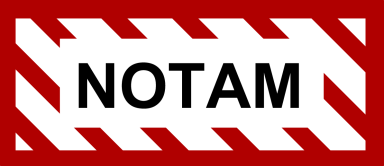we strongly instruct all members wishing to connect as a controller within Iranian airspace, to use either “eu2” or “eu3” voice servers



we strongly instruct all members wishing to connect as a controller within Iranian airspace, to use either “eu2” or “eu3” voice servers

Within uncontrolled airspace in Iran, aircraft may operate free of the control of an ATC unit. However all aircraft are required at all times to conduct their activities with regard to the CAA Regulations. When cruising in uncontrolled airspace pilots are advised to monitor continuously the emergency frequency 121.5, and 122.8 Quadrantal Rule When cruising above 3000ft in Uncontrolled airspace, aircraft should comply with the…

Controlled Airspace is an airspace of defined dimensions within which air traffic control service is provided in accordance with the airspace classification. Services There are 3 services available in controlled airspace: Flight Information Service Alerting Service Radar Control Service Flight Information Service: A Flight Information Service (FIS) is a non-radar service provided, either separately or in conjunction with other services, for the purposes of supplying…

In real life you should file a flight plan before starting an IFR flight There is no altitude limit to fly IFR (except minimum level on any route) IFR means that you fly and navigate to your destination by means of Navigational aids such as VOR beacons, NDB Beacons and Intersections on the Standard Corridors FIR. If your flight commences outside controlled airspace (see airway…

For a VFR flight in real life, you do not have to file a flightplan. In our virtual world however, a flightplan should always be filed. VFR stands for Visual Flight Rules. The pilot must fly and navigate with visual reference to the surface. Due to this, there are certain weather criteria that must be met for a VFR flight to take place. VFR flights…